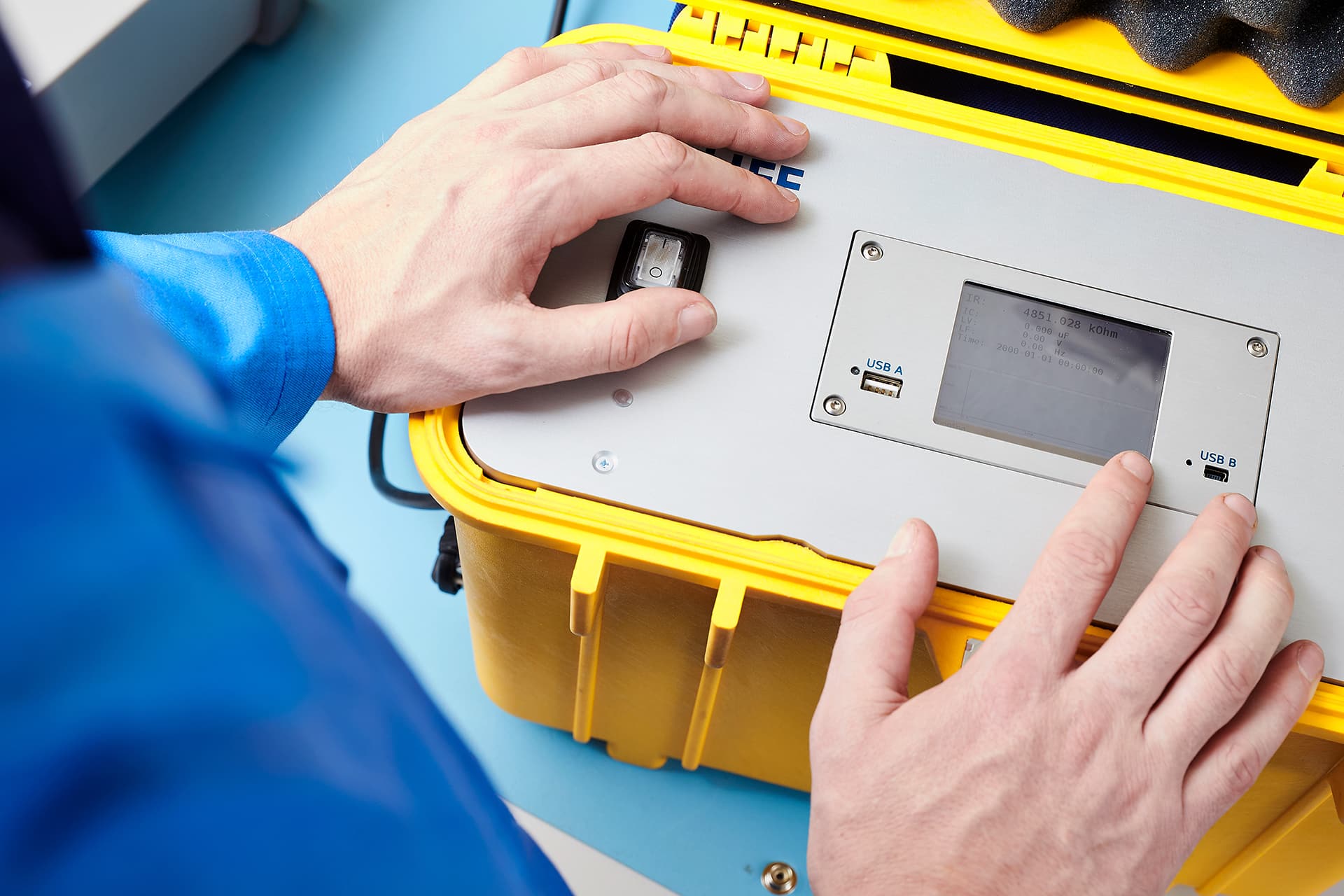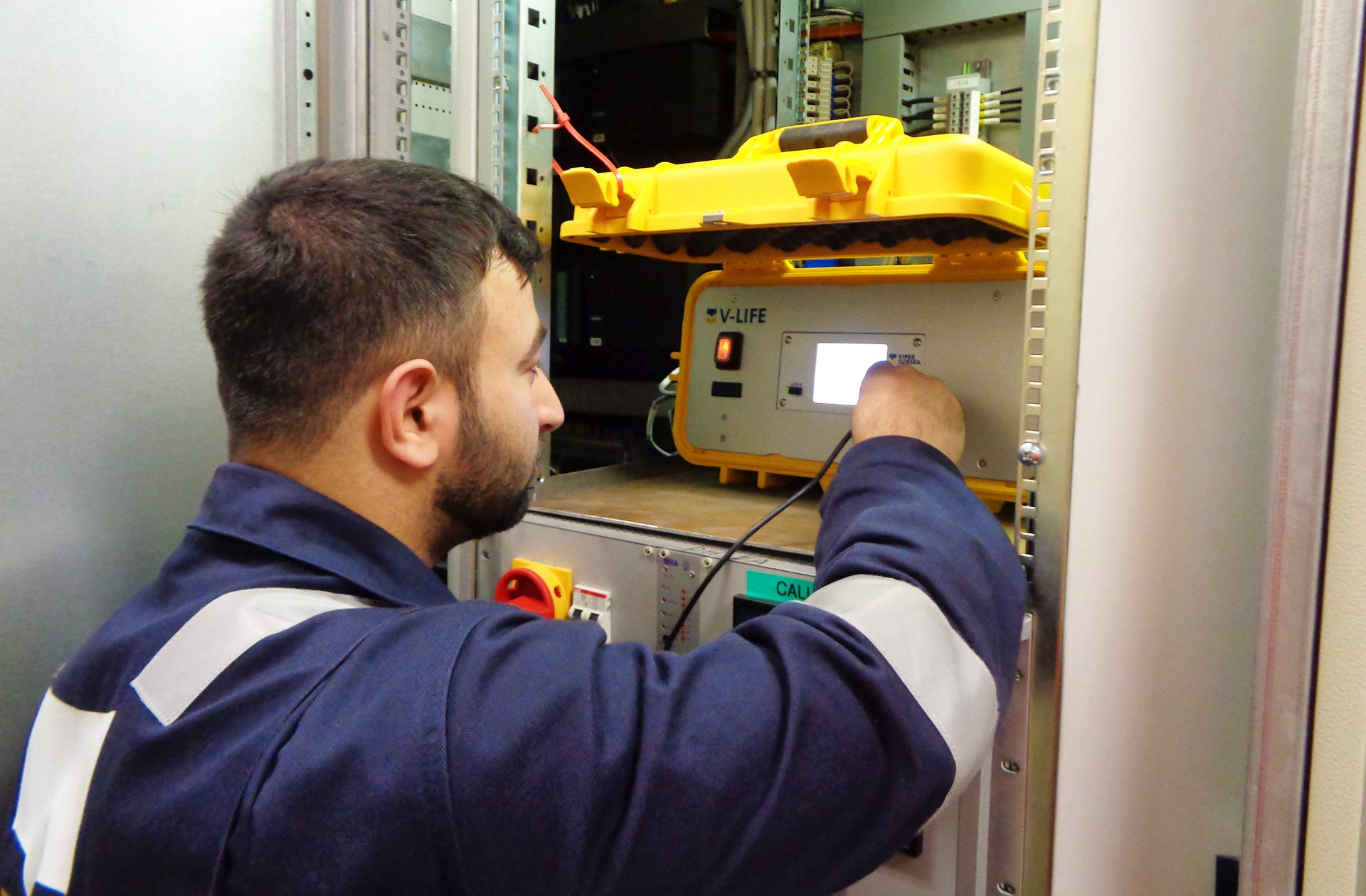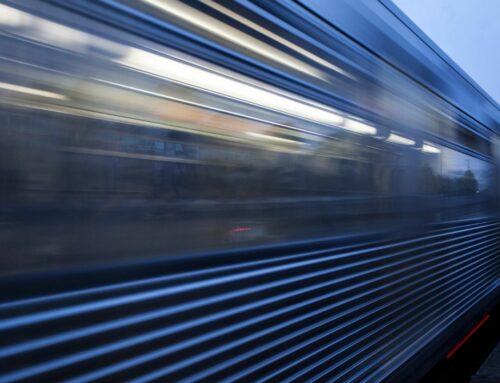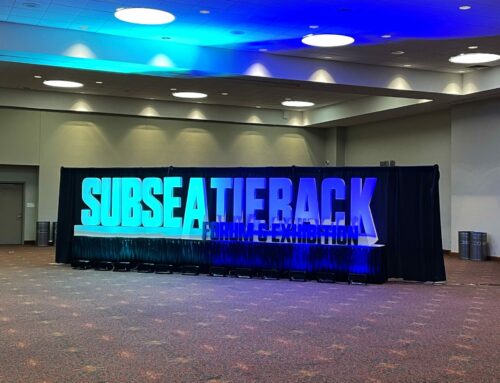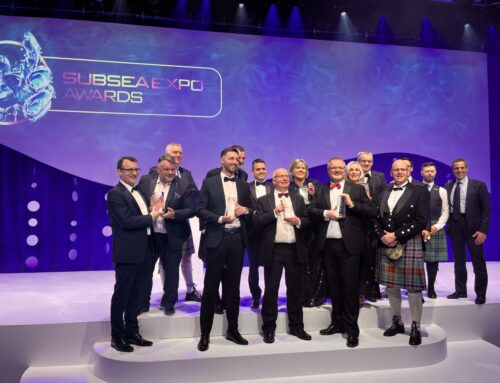V-LIFE – An Environmentally Friendly Alternative to Replacing Failing Subsea Electrical Equipment
August 3, 2020
Generally, the actions we take to minimise our impact on the environment are based on the 3R principles of reduce, reuse and recycle. Whether we are talking about plastics, water or energy the underlying goals are essentially the same for every business.
Around the globe subsea oil and gas operators are constantly looking at ways to mitigate their impact on the environment and that was one of the key drivers behind the innovation and development of V-LIFE.
V-LIFE offers a practical alternative to replacing failing umbilicals and other subsea electrical cables and connectors. Designed to recover the electrical integrity of failing subsea circuits, V-LIFE is used as an alternative to costly subsea fault-finding interventions and subsequent replacement of cables, equipment and umbilicals. The economic cost aside, the carbon intensity of the process is also significantly mitigated.
Applying the V-LIFE service to recover subsea circuits offers an alternative response strategy to the traditional approach of manufacturing and installing a replacement umbilical, electrical cables or subsea distribution units. As well as providing substantial cost savings, this also has a significant environmental benefit, by offsetting the carbon intensive processes of umbilical manufacture, transportation and installation on the sea bed and saves a vast amount of material usage including plastics, metals and other materials.
For illustration, laying a 20km umbilical may require use of an installation vessel for typically 15 days including transit time to collect and transport to the site of installation, lay and test the equipment and then return to base. Such vessels can emit the equivalent of 100 tonnes CO2e in just one day which is the equivalent of an average household’s CO2 emissions over six years.
The alternative approach of enabling V-LIFE simply requires a software licence to enable the V-LIFE restorative function on the existing V-LIM (electrical Line Insulation Monitoring) device in the topside power unit and with negligible environmental emissions associated. It is evident therefore that even before the carbon emissions of umbilical manufacture are taken into account the carbon reduction on offer from this one instance alone is potentially in excess of 15,000 tonnes which is significant. Giving further consideration that a vessel will have been used for some days during the fault finding mission, many tonnes of materials to produce the umbilical will have travelled from various parts of the world, and then the energy to turn the machines for manufacture, it’s easy to appreciate the environmental benefit that V-LIFE can bring as an alternative to remediating failing umbilicals.
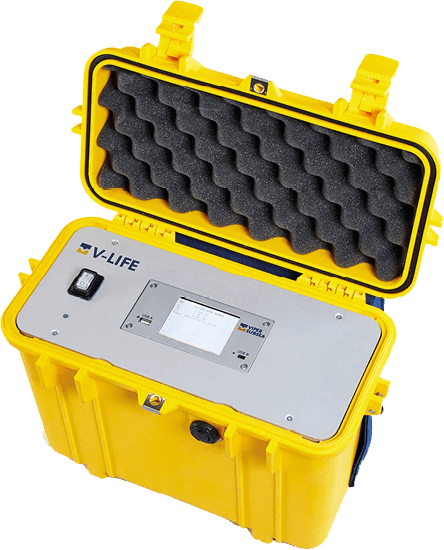
Many of our existing V-LIFE customers have avoided unnecessary subsea interventions, saving them time, costs and helping them to reduce their carbon footprint as a business.
At Viper Innovations, we have ambitious plans to reduce our own carbon footprint. In 2019, we installed a new energy efficient air conditioning system and solar window films at our Portishead offices, saving a total of 20% in our annual electricity consumption and an estimated annual carbon saving of 4.6t CO2e. This was followed by the purchase of a new electric pool car, which is estimated to reduce our annual carbon footprint by 228kg CO2e (based on equivalent diesel car comparison including charging the car).
We aim to implement further ambitious environmental initiatives in 2020 to further reduce our impact on the environment and help our customers to do the same through the provision of our innovative products and services.
V-LIFE.
Insulation Resistance Recovery.
V-LIFE is a preventative and active ‘healing’ solution for low insulation resistance caused by water ingress.
